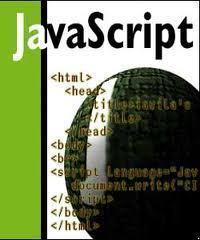JavaScript
JavaScript is a programming language and interactive web platform that allows users to interact with a webpage in a variety of different ways. For example, JavaScript can be used to create interactive drop-down navigation menus in a webpage, insert expandable content into forms or tables, and create interactive slideshows. JavaScript can also be used to create browser-based flash games and applications for a variety of platforms.
How JavaScript Works
JavaScript is a trademark of the Oracle Corporation and is similar to the programming language, “C”. JavaScript is designed to provide interactivity to whatever platform it is implemented on, such as websites, browsers, desktop widgets, or other applications. JavaScript is often used to create user interfaces and browser-specific applications that can be used on multiple platforms, but can be used for any purpose that requires interactivity.

Applications
JavaScript can be used for a number of different applications, such as creating browser-based flash games. JavaScript can also be used in conjunction with flash-based webpage content in order to create invisible links and expandable fields. While JavaScript was initially a web-based programming language, its use in non-web applications, such as user interfaces and desktop widgets, is becoming more popular as more portable devices depend on readily-accessible applications rather than large programs.
Advantages
JavaScript is advantageous because it is a relatively easy programming language to learn and can be implemented in virtually any platform. JavaScript can be used to provide users with interactivity that cannot be produced by many other programming languages and is a more desirable language to use because it allows users to create their own stored procedures.
JScript
JScript is Microsoft’s implementation of JavaScript.
Both JavaScript and JScript are based upon the ECMAScript standard.


Comments - 2 Responses to “JavaScript”
Sorry but comments are closed at this time.